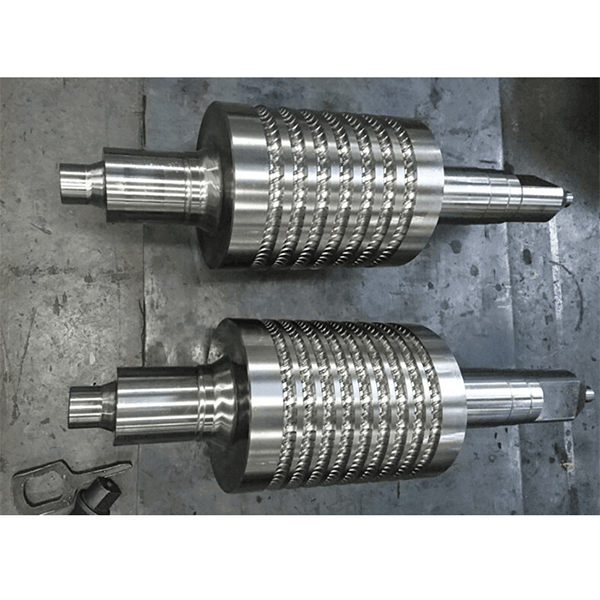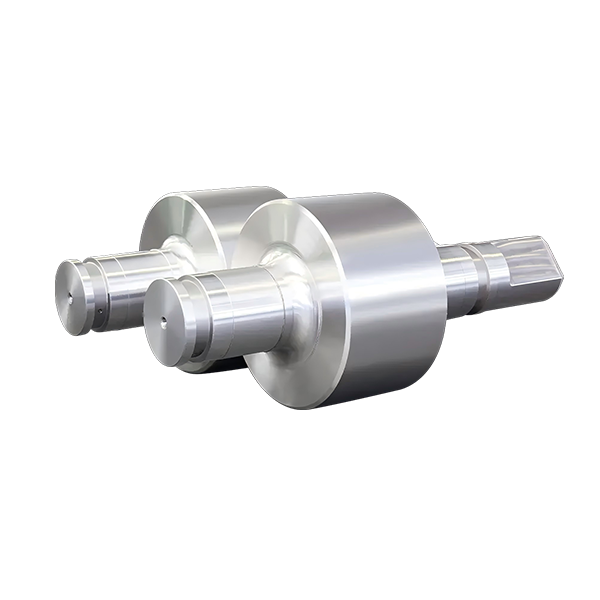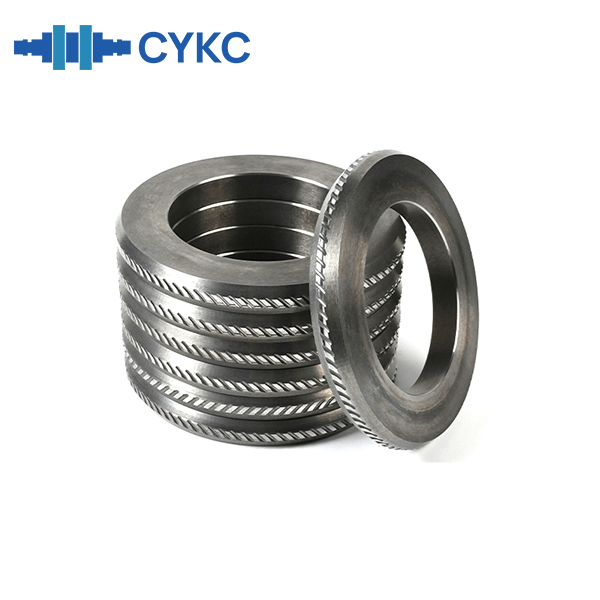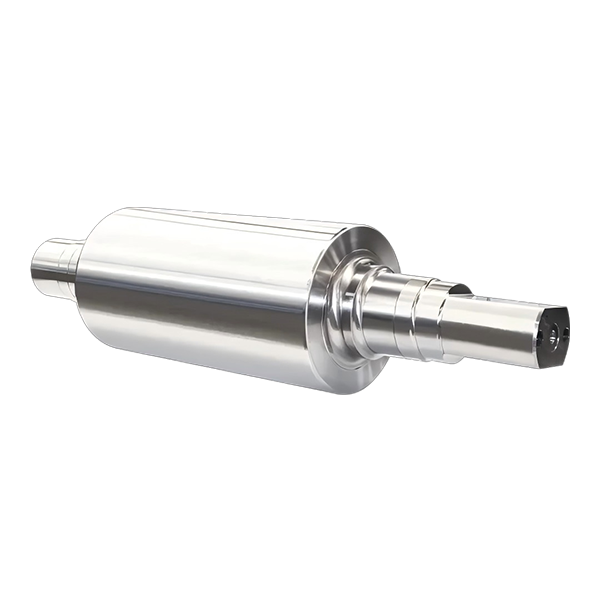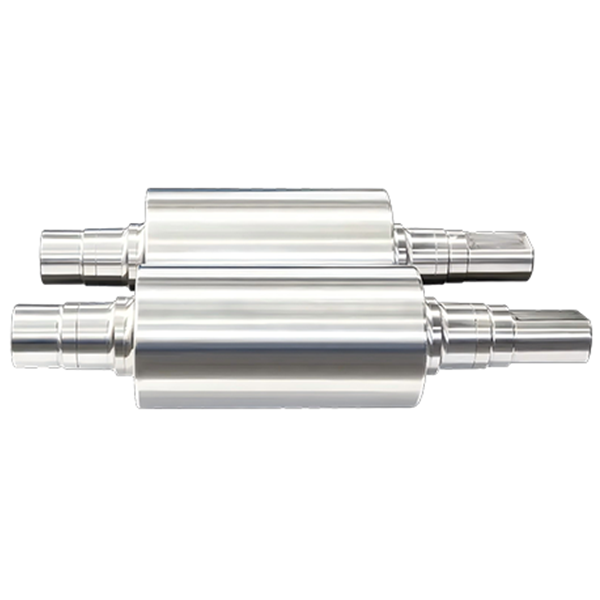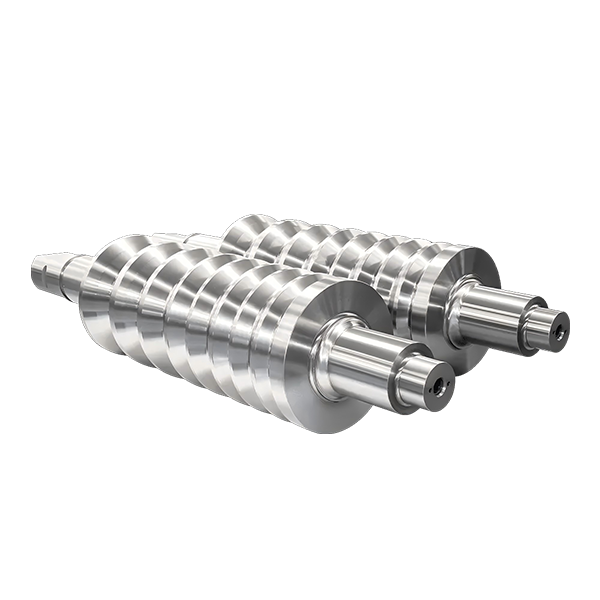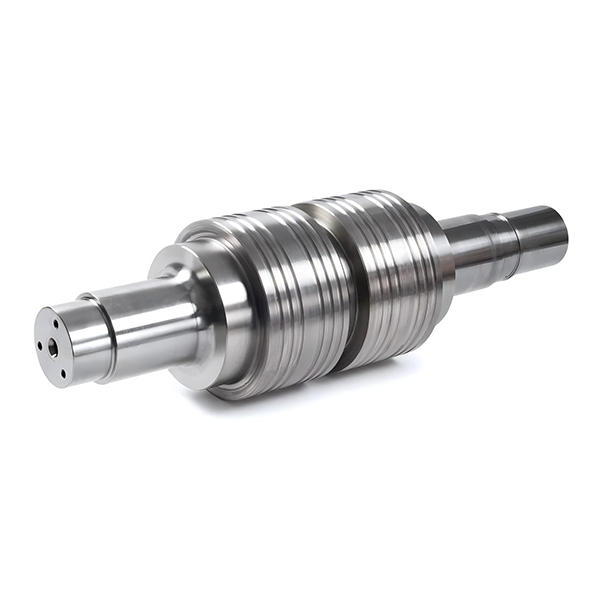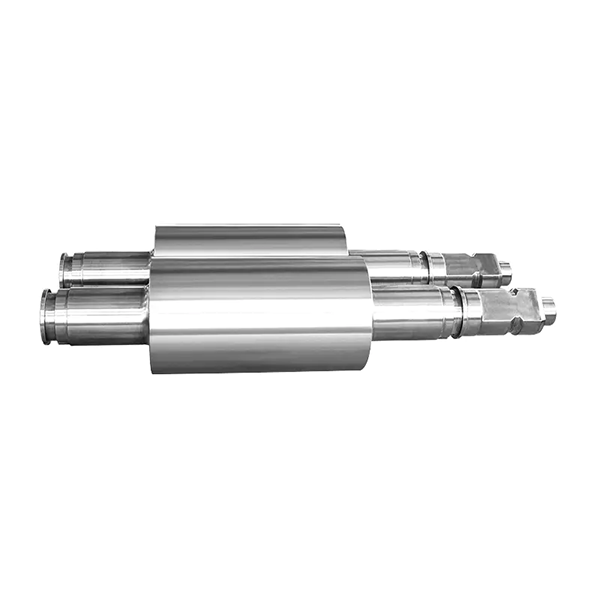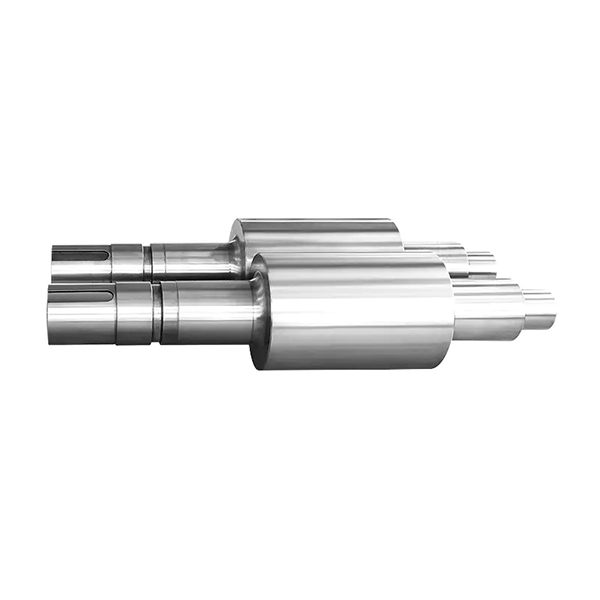Characteristics of Continuous Rolling Mill Production for Hot-rolled Strip Steel
The continuous rolling mill production process of hot-rolled strip steel can be divided into several stages such as descaling, rough rolling and finishing rolling. The main tasks at each stage are basically similar to those of medium and heavy plate rolling. However, in the rough rolling stage, the width control is not only not achieved through width spreading but also accomplished by compressing the width direction with vertical rolls. Moreover, during the descaling process, in addition to using high-pressure water, large vertical rolls are also employed for edge rolling. A reduction of 50 to 90 millimeters is applied to the side of the slab to adjust the width of the slab and enhance the descaling effect. Furthermore, with the adoption of isothermal rolling techniques such as speed-up rolling, holding boxes and coiling boxes in modern hot-rolled strip continuous rolling mills, it is inevitable that the rolling characteristics of the rough rolling section, especially the finish rolling section, will change accordingly.
1. Rough rolling
The finishing mill units of modern hot-rolled strip continuous rolling mills are mostly composed of 5 to 8 stands, with no significant difference. However, the composition and layout of the roughing mill units vary depending on the type of hot-rolled strip continuous rolling mill, which precisely reflects the characteristics of this set of rolling mills. It can be summarized as follows: a. The roughing unit of the fully continuous hot-rolled strip steel continuous rolling mill consists of 5 to 6 stands. b. The semi-continuous hot-rolled strip rough rolling mill consists of two reversible two-high rolling mills or one irreversible two-high rolling mill and one reversible four-high rolling mill.
2. Finishing rolling
The layout of the finishing mill group of the continuous rolling mill for hot-rolled strip steel is relatively simple, generally consisting of 6 to 7 four-high rolling mills.
Selection of Roll Materials for Rolling Mills
1. Material of the large vertical roll (VSB) : The main uses of VSB are descaling and edge rolling, so the roughening and wear of the roll body surface are not very important. During the rolling process, the speed of the rolled piece is slow and the temperature is high, causing significant thermal shock to the rolls. Therefore, it is necessary to select rolls with good thermal fatigue resistance and relatively high mechanical strength. Therefore, it is recommended to choose a carbon content of 0.7-1.4%. Alloy cast steel rolls with integral casting and chromium content ranging from 0.8% to 1.2%.
2. R1 Rough rolls: Two-high rolling mills do not have support rolls, so the rough rolls must have high resistance to twisting and bending as well as good resistance to thermal cracking. It is recommended to choose high-chromium composite cast iron rolls (grade AS1100xxk) or high-chromium composite cast steel rolls. High-chromium composite cast steel rolls have the following advantages: a. They do not require as intense water cooling as high-chromium composite cast iron rolls. The thermal conductivity of the working layer of the roll body is higher than that of high-chromium composite cast iron rolls. c. In reversible frames, it reduces edge wear, improves plate shape, and has good steel biting characteristics and thermal crack resistance.
3. Material of the small vertical roll: A small vertical roll is installed in front of the frame, which only serves to straighten the side of the strip blank and align the strip blank with the rolling centerline. However, when using continuous casting billets, the small vertical roller has a reduction of 70 to 100 millimeters. Therefore, the small vertical roller should have certain anti-twisting and anti-bending strength, as well as good wear resistance. It is recommended to choose eutectoid alloy cast steel rolls (45 ± 3HSD) or alloy semi-steel rolls (43 ± 3HSD), but after experiments with multiple manufacturers, it is more recommended to select alloy semi-steel rolls with a lower carbon content (160CrNiMo).
The material of the work rolls in the finishing mill: All finishing mills are continuous rolling mills. To ensure the surface quality of the strip and the dimensional tolerance accuracy of the plate and coil thickness, the reduction amount of each rolling mill is different, which leads to the selection of roll materials to be treated separately. The finishing mill section (Fw1-3) is the front section, while (Fw4-7) is the back section.
The specific material scheme for the rolls: F1→F2→F3 selects high-nickel-chromium infinitely cold-hardened cast iron rolls with a roll body hardness of 70-75HSD.
For F4→F5→F6→F7, high-nickel-chromium cast iron rolls with a hardness of 80HSD for the roll body are selected.


